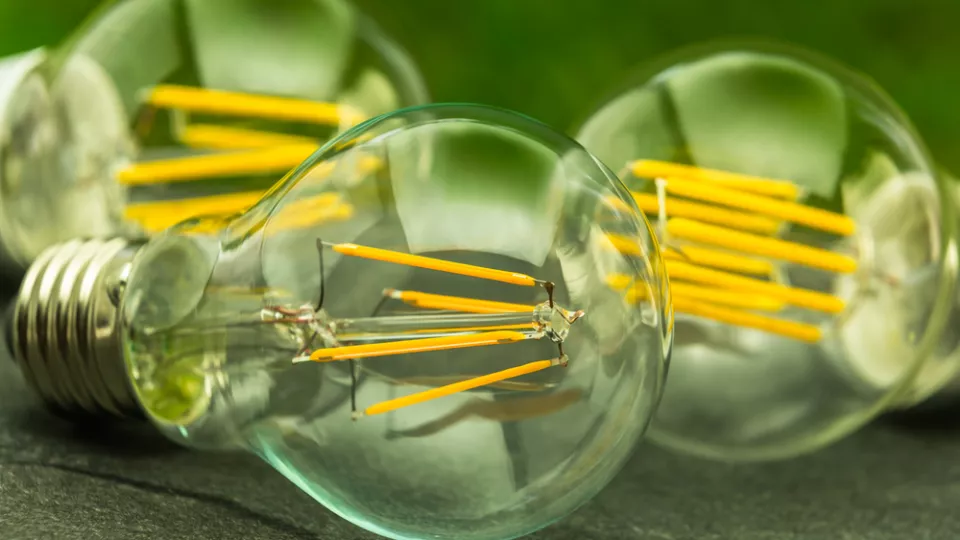Switching to more energy efficient LEDs has potential to save money in the long term and GHG emissions, but should we also be thinking about the lifetimes of these products?
In their scenario-based life cycle assessment of LEDs, IIIEE researchers Jessika Luth Richter and Carl Dalhammar found that when energy efficiency is still improving rapidly for LED lighting, longer lifetimes can result in trade-offs between climate/energy impacts and material/toxicity impacts. However, these trade-offs are minimised as electricity mixes are decarbonised and products mature so even now could be the time to think about policies for longer life lighting products. Ecodesign regulations already help to push the market of LED lighting towards energy efficiency (but arguably could be more ambitious). As the products reach mature development, incentives for longer lifetimes need to be considered by policies, including design requirements and labelling, as well as warranties and green public procurement criteria.
This new research complements an earlier study where Richter and Dalhammar found that long life LED products (at least 20,000h) make sense for consumers from a life cycle cost perspective.


